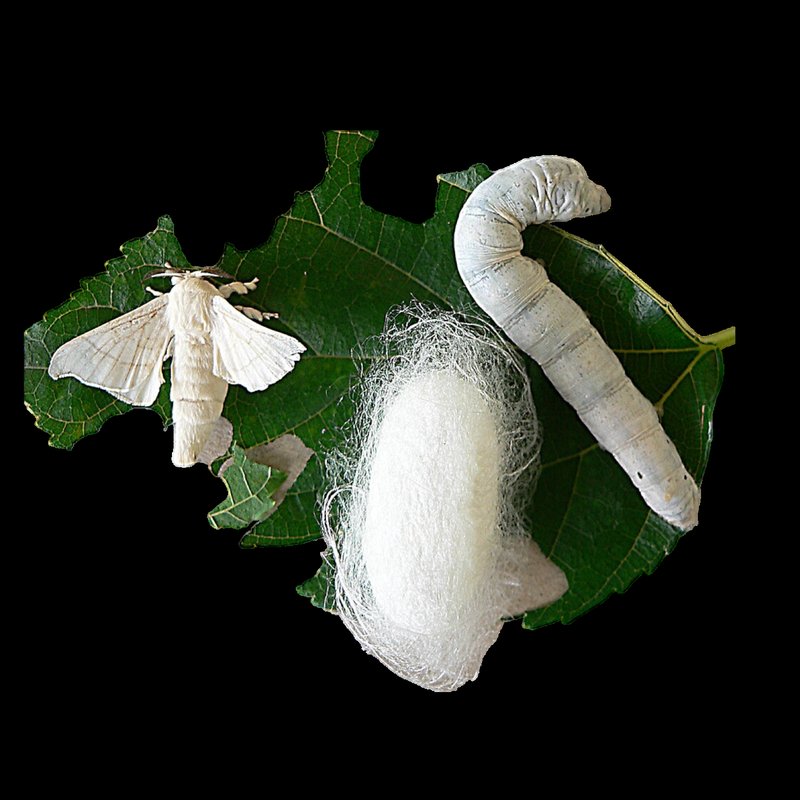
Monitoring silkworm health isn’t just for professional sericulturists; even hobbyists can benefit. Imagine trading your basic gardening notes for a specialized checklist that helps you spot issues early. With a well-structured health monitoring checklist, you can keep your silkworms happy and healthy, leading to successful silk production.
Now, let’s dive into what you need to include in your silkworm health monitoring checklists. We’ll cover everything from daily observations to common health issues, all while keeping it simple and accessible.
Daily Observation Checklist
Daily observations are like the first line of defense when it comes to silkworm health. Think of them as your morning routine, checking in on how everyone is doing. Each morning, take a few minutes to observe your silkworms. Here’s what to look for:
- Activity Level: Are they actively munching on leaves, or are some sluggish? Healthy silkworms are typically voracious eaters, so a dip in activity can signal a potential problem.
- Color: Silkworms should be a nice, healthy white or yellowish color. If some look pale or discolored, it could indicate disease or malnutrition.
- Feces: Yes, you read that right; their droppings can tell you a lot! Healthy silkworm poop is dark and pellet-like. Watery or unusual droppings can be a red flag.
By keeping a close eye on these indicators, you can catch issues early. It’s like having a security camera set up in your silkworm nursery!
Environmental Conditions
Creating the perfect environment for silkworms is just as important as monitoring their health. These little guys are quite sensitive to their surroundings. Let’s break down what you should check for:
- Temperature: Silkworms thrive in temperatures around 25°C (77°F). Any significant shifts in temperature can stress them out. Use a thermometer to keep track.
- Humidity: They prefer a humidity level of about 60%-70%. Consider using a hygrometer to monitor moisture levels. If it’s too dry or too humid, it might hinder their growth.
- Air Circulation: Proper airflow is essential. Stagnant air can lead to respiratory issues. Ensure there’s good ventilation without drafts.
By maintaining these environmental factors, you’ll create a cozy atmosphere for your silkworms to flourish. It’s like setting up a comfy room for a newborn baby—everything needs to be just right.
Feeding Routine and Checklist
Feeding silkworms might sound straightforward, but there’s more to it than just tossing in some leaves. Their diet is crucial for their health. Here’s how to keep their feeding routine in check:
- Leaf Quality: Always use fresh mulberry leaves. Check for signs of mold or wilting. If the leaves don’t look good to you, they won’t be good for your silkworms!
- Feeding Frequency: Silkworms should be fed at least twice a day. Regular feeding helps them grow and molt properly.
- Portion Size: Don’t overfeed! A handful of leaves per silkworm is usually enough. Monitor how much they’re eating and adjust as necessary.
Sticking to this feeding checklist ensures your silkworms get the nutrition they need. Think of it like meal prepping for the week—it sets you up for success!
Signs of Illness
Even with the best care, sometimes silkworms can get sick. Knowing what to look for can help you act quickly. Here are some common signs of illness:
- Drooping: If a silkworm is drooping or lying flat, that’s a warning sign. Healthy silkworms hold themselves upright.
- Moulting Issues: If you notice a silkworm struggling to shed its skin, that’s a problem. This can lead to serious health complications.
- Behavior Changes: Watch for any unusual behavior, like staying at the bottom of the container or isolation from others. This can suggest stress or illness.
If you spot any of these symptoms, it’s like receiving an urgent alert on your phone—time to take action!
Common Pests and How to Manage Them
Pests can wreak havoc on your silkworms, so knowledge here is key. Common pests include mites, weevils, and caterpillars. Here’s how to handle them:
- Regular Inspections: Check the leaves and silkworms daily for signs of pests. Catching them early can prevent bigger issues.
- Clean Environment: Keep the silkworm habitat clean. Regularly remove uneaten food and waste to reduce pest attraction.
- Natural Remedies: If pests show up, consider natural repellents like neem oil. It’s safer for silkworms than chemical pesticides.
Managing pests is like maintaining your garden—regular checks and good hygiene go a long way.
Record Keeping
Keeping accurate records can be a game changer for your silkworm health monitoring. It helps you spot patterns over time. Here’s what to document:
- Growth Rates: Track how quickly your silkworms grow from larva to pupa. If some are lagging, it might hint at health issues.
- Health Observations: Write down any health problems you notice. This can help you figure out if there’s an ongoing issue.
- Feeding Logs: Note what and how much you’re feeding them. This way, you can adjust their diet if needed.
Think of record-keeping as your silkworm diary. It helps you reflect on their journey and improve your care strategies.
Building a Support Network
Finally, consider joining a community of silkworm enthusiasts. Connecting with others can provide invaluable support. You might be wondering how this helps your silkworms. Well, here’s why:
- Shared Experiences: Learning from others’ successes and challenges can boost your own knowledge.
- Expert Advice: Get tips from seasoned sericulturists about what works and what doesn’t. Their insights can save you time and heartache.
- Emotional Support: Engaging with a community can be motivating. It’s nice to share your silkworm journey with others who understand.
Building a network is like having a cheering squad for your silkworm adventures. They’ll keep you inspired and informed!
In summary, monitoring silkworm health requires consistent effort but offers great rewards. Regular observations, a good feeding routine, and maintaining the right environment are key to raising healthy silkworms. By using checklists and keeping records, you’ll be well-prepared for any challenges that arise. So, grab your notebook, make a checklist, and get started on your silkworm journey!

